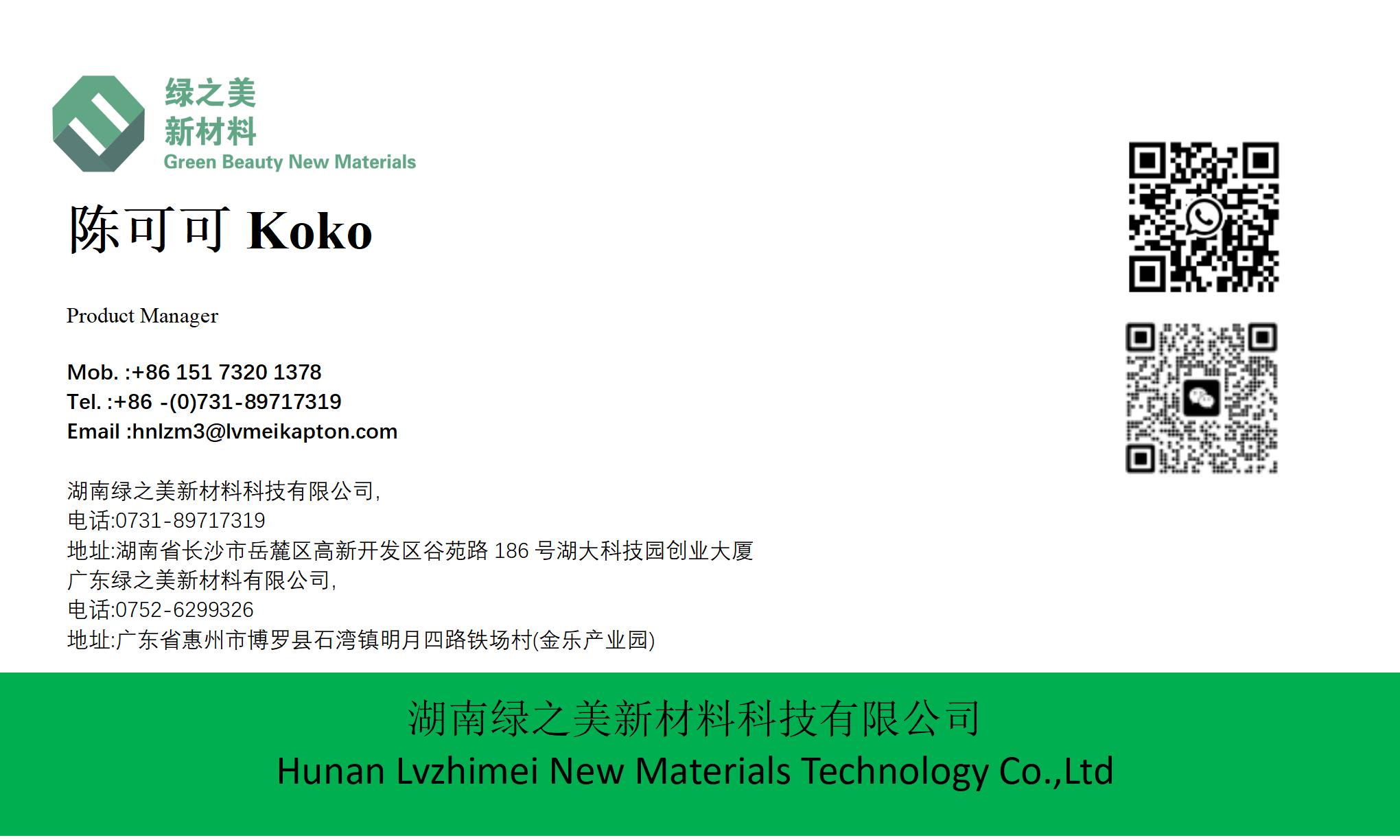



Why Is Polyimide Tape Essential for 5G Electronics Manufacturing? | https://www.lvmeikapton.com
Introduction: As 5G electronics push the boundaries of miniaturization and high-speed data transmission, traditional materials struggle to meet manufacturing demands. Polyimide tape (PI tape), with its unique blend of mechanical strength, thermal resilience, and electrical insulation, emerges as a cornerstone technology. This article examines the fundamental reasons behind PI tape’s indispensability in 5G production.
Core Arguments:
Thermal Management in 5G PCBs: 5G components generate intense heat during operation. PI tape’s ability to withstand continuous temperatures exceeding 200°C prevents material degradation, ensuring long-term reliability.
Chemical Resistance in Harsh Environments: PI tape withstands exposure to solvents, acids, and alkaline solutions common in electronics assembly. This immunity safeguards 5G PCBs from corrosive cleaning agents or electrolytic attacks.
Flexibility for Complex Geometries: PI tape’s inherent flexibility enables conformal coverage of irregular PCB shapes, protecting sensitive areas like FPC connectors and microvia structures.
Comparative Analysis: PI Tape vs. Conventional Materials:
Aspect | PI Tape | PET Tape | Glass Fabric Tape |
Max Temp (°C) | 400+ | 150 | 200 |
Chemical Resistance | Excellent | Fair | Poor |
Cost | Moderate | Low | High |
5G Suitability | High | Limited | Specialty Use |
Industry Impact: A study by the Institute of Electronics and Electrical Engineers (IEEE) found that PI tape adoption in 5G device manufacturing reduced warranty claims by 45% due to improved thermal protection.
Expert Perspective: "PI tape’s multifunctionality solves multiple 5G production challenges simultaneously. It’s not just a protective layer—it’s a performance multiplier." — Dr. Li Wei, Chief Engineer, 5G Component Research.
Next Steps: Contact LVMEI Kapton for custom PI tape solutions optimized for your 5G electronics requirements: [https://www.lvmeikapton.com/contact]





